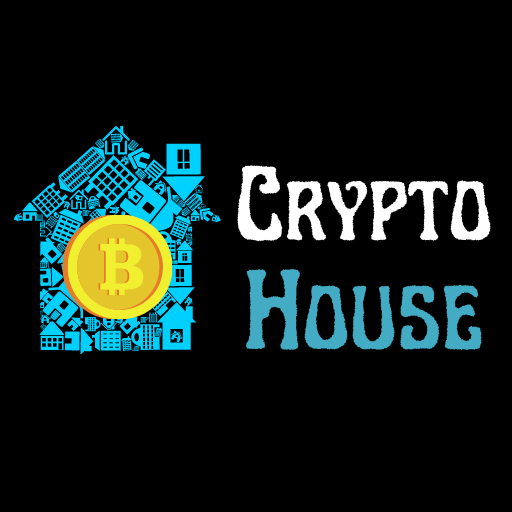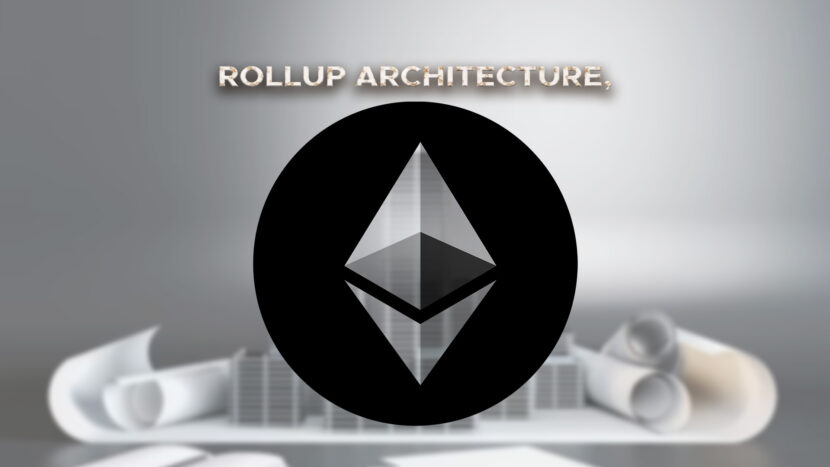- Ethereum is one of the most recognized cryptocurrencies after Bitcoin.
- Rollups are one of the scaling improvement methods for Ethereum.
- It is better than other scaling solutions as it is a layer 2 solution and ensures security.
Ethereum is a type of cryptocurrency with the native token ETH (Ether). There are different scaling solutions for the Ethereum network. But rollups are considered one of the best because of the following reasons: being a layer 2 protocol solution and ensuring the security and safety of the transaction data on the Ethereum chain.
Ethereum
Ethereum is a decentralized blockchain technology-based platform. It can be used in the digital technology world to pay for tangible services and goods. It is secure, programmable and scalable and it supports smart contracts, which are an essential tool behind decentralized applications. ETH is considered an integral part of DeFi (Decentralized Finance), the metaverse, NFTs, and DAOs. It was launched in 2015 by Buterin and Joe Lubin (founders of ConsenSys, a blockchain software company) but was first introduced in 2014 by Vitalik Buterin.
It is based on blockchain technology It has three major properties, which are distribution through duplication, cryptography, and openness. Distribution and openness say that the data is accessible to everyone; it gets duplicated from one computer to another. Blockchain is structured through blocks, and blocks can be of any size based on the type of blockchain. The ‘value’ of the block depends on the data of the blockchain for which it is used to record.
Ethereum changed from proof-of-work to proof-of-stake consensus mechanisms in September 2022. Proof-of-stake is the way of processing cryptocurrency through staking, which means getting the digital equivalent of interest on invested assets. Ethereum, as a cryptocurrency, is the second-largest cryptocurrency in the market, ranked after Bitcoin.
Deconstructing Rollups
The rollups are designed to extend the throughput of Ethereum’s base layer. These are basically layer 2 (L2) protocols. These process transactions off-chain and offer significant improvements in processing speeds. These derive security from Mainnet by publishing transaction results on-chain. These offer up to 10-100x improvements in scalability. These are also beneficial in reducing the gas cost for users. It involves computation and state storage off-chain. These operate multiple off-chain transactions together in large batches before submitting to Ethereum.
This approach spreads costs across multiple transactions in each batch and reduces fees for end-users. These also use compression techniques to reduce the amount of data posted on Ethereum. These rely on fraud-proving schemes for the detection of cases where transactions are not calculated correctly. There is always a time window after submission of the data in which the results of a rollup transaction can be challenged by computing a fraud-proof value. The architecture of rollup comprises the following parts: on-chain contracts and off-chain virtual machines (VMs).
Conclusion
There is a great role for rollups in Ethereum to increase scalability with the fraud-proof layer 2 protocol. These were designed to run programs either written or compiled for the Ethereum Virtual Machine (EVM). These are also called hybrid scaling solutions, whose security properties are derived from Ethereum. These help in transaction execution and aggregation.





